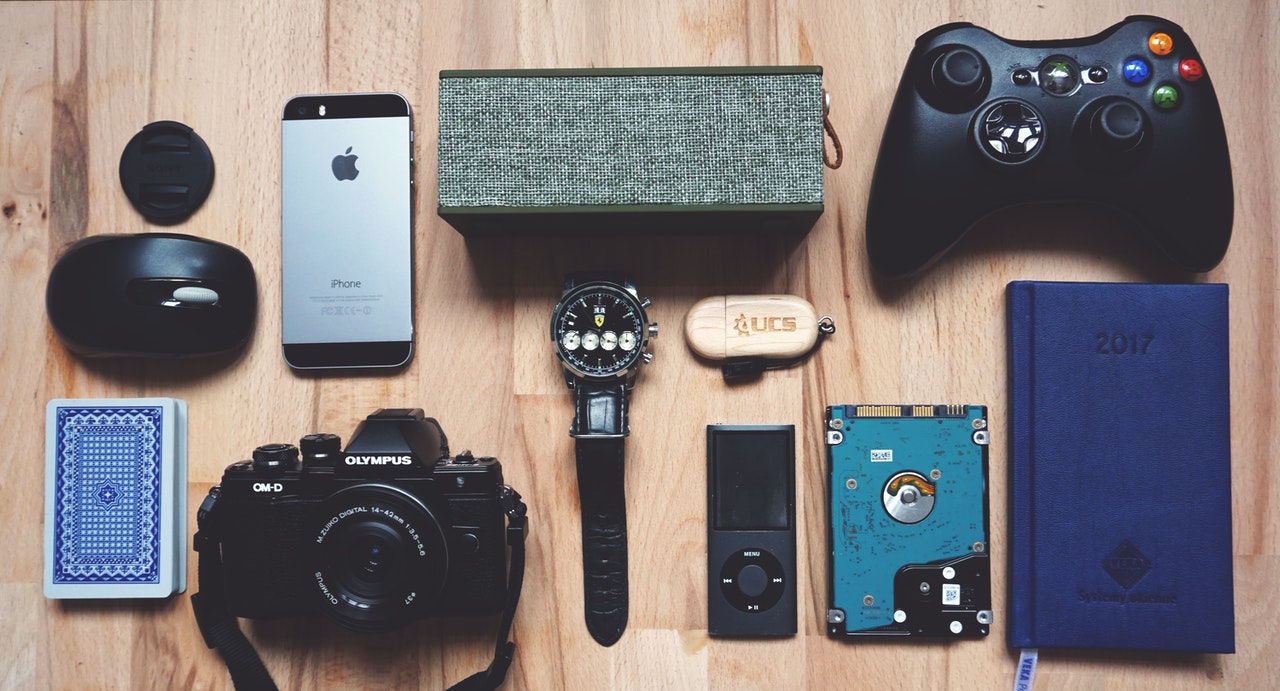In the age of digital photography, the market is flooded with an array of cameras, each boasting unique features and specifications. For both amateur photographers and seasoned professionals, the challenge lies in discerning which digital camera truly offers good quality. This article aims to provide a detailed framework for evaluating digital camera quality, ensuring that your investment yields stunning images and a satisfying user experience.
- Understanding Sensor Quality
At the heart of every digital camera lies its sensor, which plays a pivotal role in image quality. The two primary types of sensors are CCD (Charge-Coupled Device) and CMOS (Complementary Metal-Oxide-Semiconductor). While both have their merits, CMOS sensors are generally preferred in modern cameras due to their lower power consumption and faster processing speeds.
Key Factors to Consider:
- Sensor Size: Larger sensors capture more light, resulting in better image quality, especially in low-light conditions. Full-frame sensors are typically superior to APS-C or Micro Four Thirds sensors.
- Megapixels: While more megapixels can enhance detail, they are not the sole indicator of quality. A 12-megapixel image from a larger sensor can outperform a 24-megapixel image from a smaller sensor in terms of clarity and noise performance.
- Lens Quality and Versatility
The lens is another critical component that significantly influences image quality. A high-quality lens can make a substantial difference, even when paired with a mediocre sensor.
Considerations for Lens Evaluation:
- Aperture: A lens with a wider maximum aperture (e.g., f/1.8 vs. f/4) allows more light to enter, enabling better performance in low-light situations and providing a shallower depth of field for artistic effects.
- Optical Quality: Look for lenses with low dispersion glass and aspherical elements, which minimize chromatic aberration and distortion.
- Zoom Range: If versatility is important, consider a lens with a good zoom range. However, be cautious of lenses that compromise quality for zoom capability.
- Build Quality and Ergonomics
A good digital camera should not only perform well but also feel comfortable in your hands. The build quality can significantly affect your shooting experience.
Aspects to Evaluate:
- Material: Cameras made from magnesium alloy or high-quality plastics tend to be more durable and weather-resistant than those made from cheaper materials.
- Weight and Size: Consider how the camera feels during extended use. A lightweight camera may be more portable, but it should also provide a solid grip and balance.
- User Interface: An intuitive layout of buttons and menus can enhance your shooting experience. Look for customizable controls that allow you to adjust settings quickly.
- Image Processing and Features
The image processor is responsible for converting raw data from the sensor into the final image. A powerful processor can improve performance in various aspects, including noise reduction, dynamic range, and overall image quality.
Important Features to Look For:
- ISO Range: A wider ISO range allows for greater flexibility in different lighting conditions. Cameras with good high-ISO performance can produce cleaner images with less noise.
- Dynamic Range: A camera with a high dynamic range can capture more detail in both shadows and highlights, resulting in more balanced images.
- Autofocus System: A fast and accurate autofocus system is crucial for capturing sharp images, especially in dynamic situations. Look for cameras with multiple focus points and advanced tracking capabilities.
- Reviews and Sample Images
Before making a purchase, it’s essential to consult expert reviews and analyze sample images taken with the camera. Websites like DPReview and Imaging Resource provide in-depth reviews and comparisons, highlighting strengths and weaknesses.
Tips for Research:
- User Reviews: Check user feedback on platforms like Amazon or photography forums to gauge real-world performance and reliability.
- Sample Galleries: Look for galleries showcasing images taken with the camera in various conditions to assess its performance across different scenarios.
Conclusion
Determining whether a digital camera is of good quality involves a multifaceted approach that considers sensor performance, lens quality, build, and processing capabilities. By understanding these key factors and conducting thorough research, you can make an informed decision that aligns with your photographic needs and aspirations. Remember, the best camera is one that not only meets technical specifications but also inspires creativity and enhances your photographic journey. Happy shooting!



